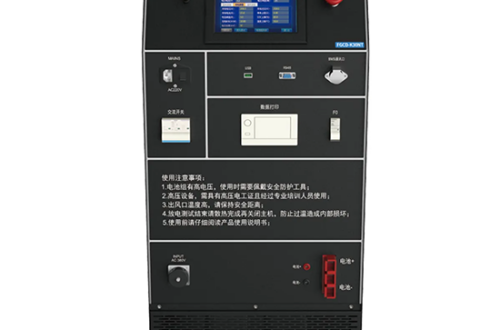Understanding Switchgear Voltage: A Comprehensive Guide
Understanding Switchgear Voltage: A Comprehensive Guide
Switchgear voltage refers to the electrical rating and operational capacity of switchgear systems, which are critical for controlling, protecting, and isolating electrical equipment. Proper understanding ensures safety and efficiency in power distribution networks.
Key Functions of Switchgear Voltage
Switchgear voltage systems manage electrical flow, prevent overloads, and facilitate maintenance. They are essential in industries like manufacturing, utilities, and infrastructure to ensure reliable power supply and minimize downtime.
Common Voltage Ratings
Typical ratings include low voltage (up to 1kV), medium voltage (1kV to 36kV), and high voltage (above 36kV). Selecting the right switchgear voltage depends on application requirements and safety standards.
FAQs on Switchgear Voltage
What factors affect switchgear voltage selection? Consider load capacity, environmental conditions, and compliance with regulations like IEC standards.
How does voltage impact switchgear performance? Higher voltages require robust insulation and advanced protection mechanisms to handle electrical stresses.
Optimize Your System Today
Ensure your electrical infrastructure operates efficiently with properly rated switchgear. Consult experts to select the ideal voltage solution for your needs.


